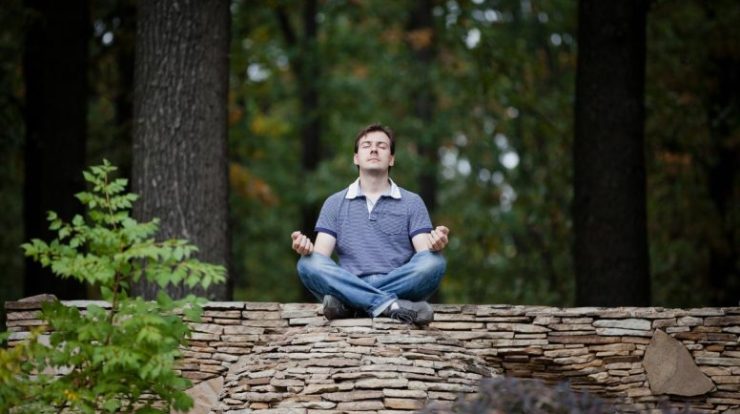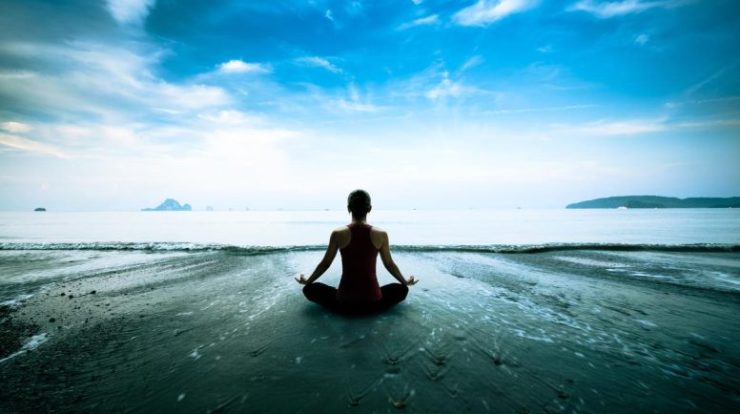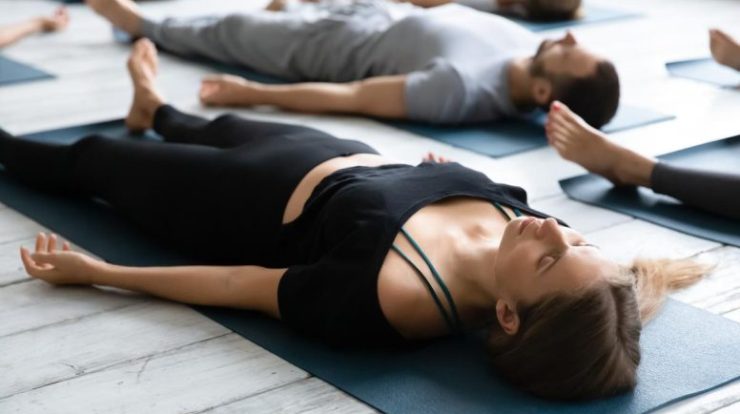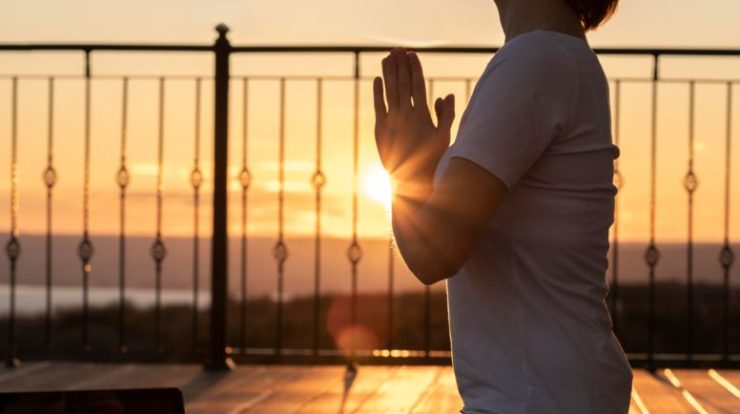
Keeping our minds strong is essential to our well-being in today’s fast-paced, uncertain world. The mental toll that stress, anxiety, and frequent change can exact is real. Fortunately, yoga provides effective strategies for dealing with these issues and building mental toughness. We can increase our mental acuity, stress management, and overall well-being by doing yoga regularly. The effects of yoga on mental health will be discussed, and three pranayama methods will be introduced as helpful tools for dealing with the unknown.
Introduction: The Importance of Mental Resilience
Keeping one’s mental fortitude up is crucial in today’s unpredictable world. It enables us to adjust, recover, and develop resilience in the face of adversity. Yoga, a centuries-old Indian discipline, takes a holistic approach to improving our mental strength and happiness. Yoga equips its practitioners with a full toolkit to deal with life’s challenges by integrating physical postures (asanas), breathing methods (pranayama), and meditation.
Yoga’s Positive Impact on Mental Health
Reducing Stress and Anxiety
Yoga’s ability to calm anxious minds and bodies is a major draw. Yoga induces a state of calm by having practitioners move slowly and concentrate on their breathing. Facilitated by the parasympathetic nervous system, this response is antagonistic to the sympathetic nervous system’s “fight-or-flight” response. This induces a state of deep peace and tranquility throughout our bodies.
Tapping into the Parasympathetic and Sympathetic Nervous System
Yoga’s focus on deep breathing has been scientifically linked to improved mental toughness. The parasympathetic and sympathetic nervous systems are both activated, allowing for a healthy middle ground between relaxation and alertness to be reached. By being more aware of our breathing patterns, we can harness the restorative powers of the parasympathetic nervous system and lessen the toll stress has on our bodies and brains.
Yoga and Cognitive Skills
Strengthening Brain Cells
New studies are showing that yoga is beneficial for your brain. Brain-derived neurotrophic factor (BDNF) is a protein that aids in the development and communication between brain cells, and regular yoga practice has been found to increase its synthesis. Yoga improves learning and memory by stimulating neuronal growth.
Enhancing Learning and Memory
The effects of yoga on cognition go far beyond the biological level. Focus, attentiveness, and mental clarity are all enhanced by yoga’s incorporation of movement, breath, and mindfulness. Practitioners generally report improved learning and memory as a result, which aids them in dealing with ambiguity.
Pranayama Techniques for Mental Resilience
Pranayama, the regulation of breath, is an essential part of yoga. It provides effective methods for controlling our energy levels, relaxing the mind, and building character strength. Three pranayama practices to add to your daily regimen are as follows:
Bhastrika (Bellows Breath)
The pranayama technique of Bhastrika, also called the bellows breath, is energizing and tones the abdominal muscles. To perform bhastrika, simply sit in a relaxed posture, inhale deeply through the nose, and expel quickly while tightening the abdominal muscles. This dynamic breathwork technique will enhance your body and brain’s oxygen supply, giving you more energy and making you more alert.
Anulom Vilom (Alternate Nostril Breathing)
The balanced pranayama method known as anulom vilom helps improve concentration and patience. Anulom vilom is practiced by sitting quietly with eyes closed. Using your ring finger to block off the left nostril, inhale deeply through the left nostril, and then release the air via your right nostril with the help of your thumb. Swap nostrils and repeat the process. This method promotes relaxation and mental clarity by balancing the body’s energy flow.
Samavrithi (Equalized Breathing)
Samavrithi, also known as equal breathing, is a relaxing pranayama method. Get started by settling into a cozy seat. Taking a full breath in for a count of four, holding it for a count of four, exhaling for a count of four, then holding your breath for a count of four is one full breath cycle. Keep doing this, this time paying attention to the beat of your breath. Samavrithi is a breathing technique that calms the mind and body by restoring equilibrium to the neurological system.
Uniting Mind, Body, and Soul: The Essence of Yoga
Yoga’s core principle is the integration of spirit, body, and mind. Practitioners go on a quest of self-discovery and self-mastery by combining physical postures, breathing methods, and meditation. Yoga’s ability to bring balance to one’s life is what makes it so effective at fostering emotional fortitude and overall happiness.
Conclusion
Building mental toughness is essential for dealing with life’s difficulties in the face of ambiguity. To improve one’s state of mind and deal with things like stress, anxiety, and uncertainty, yoga provides a holistic method. Yoga’s pranayama practices, such as bhastrika, anulom vilom, and samavrithi, allow us to use the energy of breath and movement to fortify our minds, alleviate stress, and boost memory and concentration. Yoga is a practice that can change your life because it brings your body, mind, and spirit together and gives you the strength to persevere in the face of uncertainty.
FAQs (Frequently Asked Questions)
- Is yoga suitable for everyone, regardless of age or fitness level? Yes, yoga is a versatile practice that can be adapted to accommodate individuals of all ages and fitness levels. Beginners and seasoned practitioners can find suitable variations and modifications to suit their needs.
- How often should I practice yoga to experience its benefits? Consistency is key when practicing yoga. Aim for at least two to three sessions per week to experience the positive impact on your mental resilience and overall well-being.
- Can yoga completely eliminate stress and anxiety? While yoga is a powerful tool for managing stress and anxiety, it is essential to approach it as a holistic practice. Alongside yoga, incorporating other self-care practices, such as proper nutrition, sleep, and social support, can contribute to a comprehensive approach to mental resilience.
- Can I practice pranayama techniques without a yoga mat or special equipment? Absolutely! Pranayama techniques can be practiced anywhere, at any time, without the need for a yoga mat or specialized equipment. All you need is a quiet space and a few moments to focus on your breath.
- How long does it take to notice the benefits of yoga on mental resilience? The benefits of yoga can vary from person to person. Some individuals may experience noticeable changes in a short period, while others may require more time. Consistency and patience are key to experiencing the transformative effects of yoga on mental resilience.




